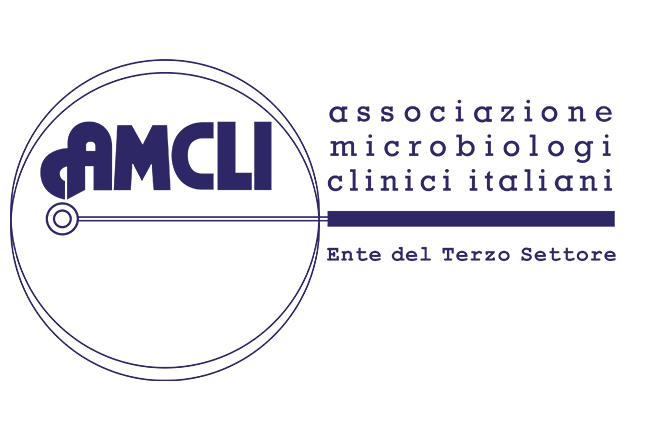Establishing Aspergillus-Specific IgG Cut-Off Level for Chronic Pulmonary Aspergillosis Diagnosis: Multicenter Prospective Cohort Study
Establishing Aspergillus-Specific IgG Cut-Off Level for Chronic Pulmonary Aspergillosis Diagnosis: Multicenter Prospective Cohort Study by Meng-Rui Lee,Hung-Ling Huang,Li-Ta Keng,Hsu-Liang Chang,Chau-Chyun Sheu,Pin-Kuei Fu,Jann-Yuan Wang,Inn-Wen Chong,Jin-Yuan Shih andChong-Jen YuJ. Fungi2021, 7(6), 480; https://doi.org/10.3390/jof7060480 – 12 Jun 2021Viewed by 718Abstract Objectives: Aspergillus-specific IgG (Asp-IgG) cut-off level in diagnosing chronic pulmonary aspergillosis (CPA) remains unknown. Methods: We prospectively recruited participants with clinical suspicion of CPA in three centers in Taiwan during 2019 June to 2020 August. Serum Aspergillus fumigatus-specific IgG […] Read more.(This article belongs to the Special Issue Respiratory Fungal Infections)
